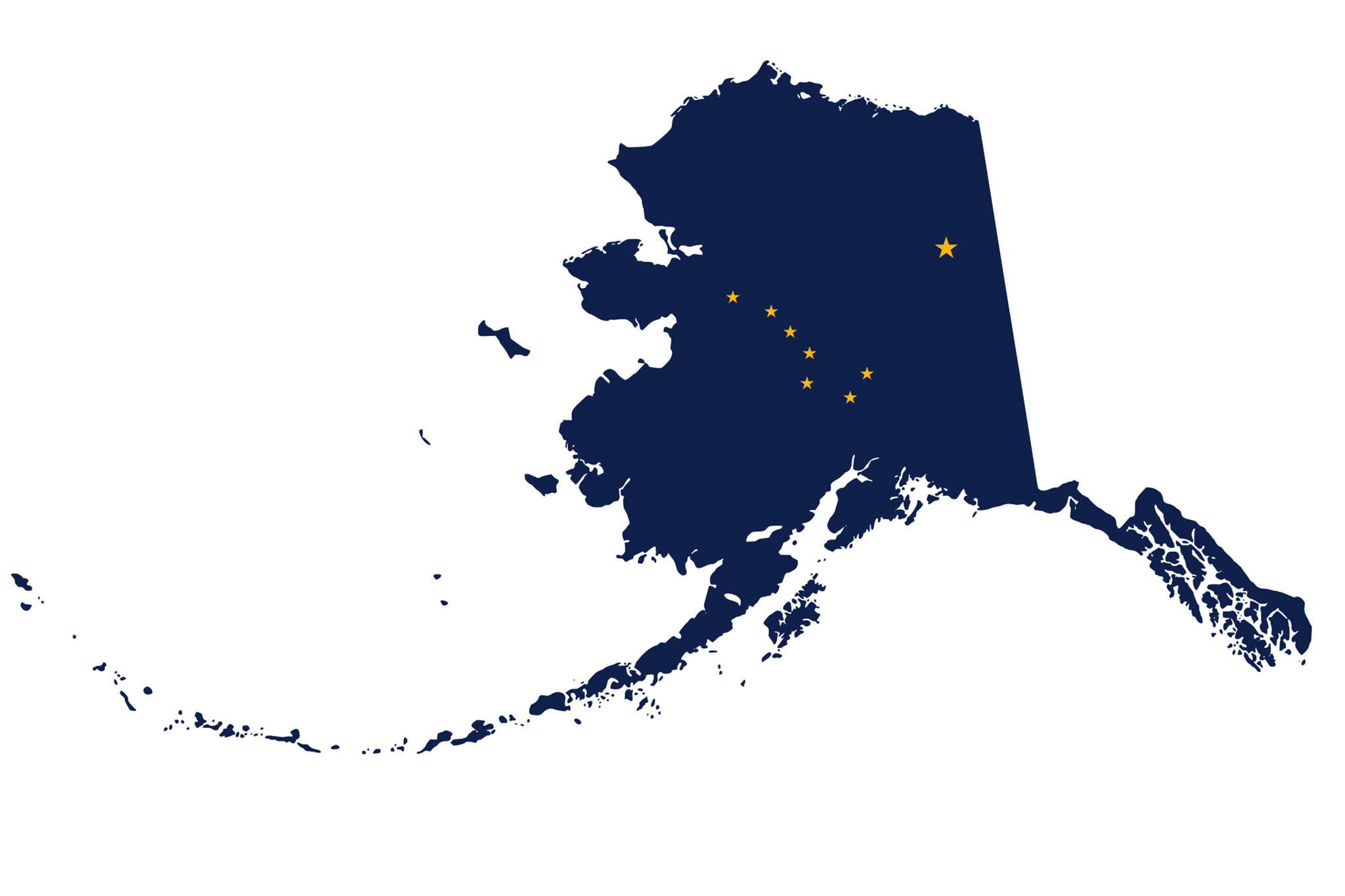By Matt Alward
You don’t need me to tell you that fishing is central to Alaskan life — as an economic driver, cultural touchstone, and recreational centerpiece. From commercial businesses to subsistence harvest to sport charters, fisheries have always played a significant role in the lives of Alaskans across the state, and we hope to continue that tradition for generations to come. Alaska’s fish stocks are a renewable resource that can support sustained fisheries well into the future—but only if properly managed. Hatcheries are vital to ensuring long-term sustainable harvests for all user groups, in years of both abundance and low returns, in Alaska.
The United Fishermen of Alaska strongly opposes fish farming — but hatcheries are not fish farms. In Alaska’s hatcheries, fish eggs are fertilized, reared to grow into juveniles, and then released as fry to the ocean to grow into adulthood. Most fundamentally, hatcheries serve to improve egg-to-juvenile survival. In nature, egg-to-fry survival rates among fish average less than 10%; in hatcheries, that rate is over 90%. With a mission to supplement wild stocks, most critically during years of low returns, hatcheries have allowed Alaska’s fish populations to thrive without reducing harvest opportunities for the user groups that rely on salmon. The development of Alaska’s hatchery program in the 1970s coincided with an incredible rebound of wild salmon populations across the state. It has led to some of the highest harvests in recorded history. As much of the world struggles to avoid overfishing, or depletion of natural fish populations, Alaska’s fish stock remains abundant, with three of the four highest wild stock returns in Alaska’s history occurring within the last ten years.
Nearly 50 years after establishing the hatchery associations, all commercial salmon fishermen in Southeast Alaska, Prince William Sound, Kodiak and Cook Inlet harvest hatchery-produced salmon as a part of their overall harvests. Beyond commercial fisheries, hatcheries contribute to salmon harvests for both sport fishing by residents and tourists, and personal and subsistence fishing. A recent 2020 report found that Alaska’s sport, personal use and subsistence fisheries roughly harvested hatchery salmon of 10,000 chinook, 5,000 chum, 100,000 coho, 19,000 pinks, and 138,000 sockeye between 2012-2016 annually. When it came to sport fishing alone, 17% of coho, 5% of sockeye, and 8% of chinook harvests were hatchery stock.
The report also outlined the role that hatchery fish play in providing vital fishing opportunities that otherwise would result in extremely limited harvests. We’ve all experienced some level of the inevitable ebb and flow in past fishing seasons. Still, with the contribution of hatchery-produced fish to the overall salmon population, the impact of that ebb and flow has been limited. Overall, hatchery-produced fish supplement the total salmon harvest and help to protect fisheries from large fluctuations in wild salmon populations. To further protect wild salmon stocks, the genetic diversity of hatchery-produced salmon is monitored, tested, and regulated closely by the Department of Fish and Game. Hatchery populations are marked before release to distinguish them from wild stocks.
Alaska’s hatcheries and their mission statements are rooted in meeting the needs of the fisheries and serving harvesters across the state with the shared goal of sustainability, food security and healthy salmon runs for generations. The release of hatchery fish into Alaskan waters ensures economic opportunity and healthy wild populations for years to come; not to mention additional food for marine mammals and other species competing for food in the ocean. Here in Alaska, we’re doing it right, and our hatcheries will allow sustainable fisheries to thrive now and well into the future. As a fisherman and an advocate for our fisheries, I look forward to this 2021 season and future seasons in which we can teach our children the values of hard work and sustainable harvests.
• Matt Alward is a commercial fisherman and the president of United Fishermen of Alaska.

